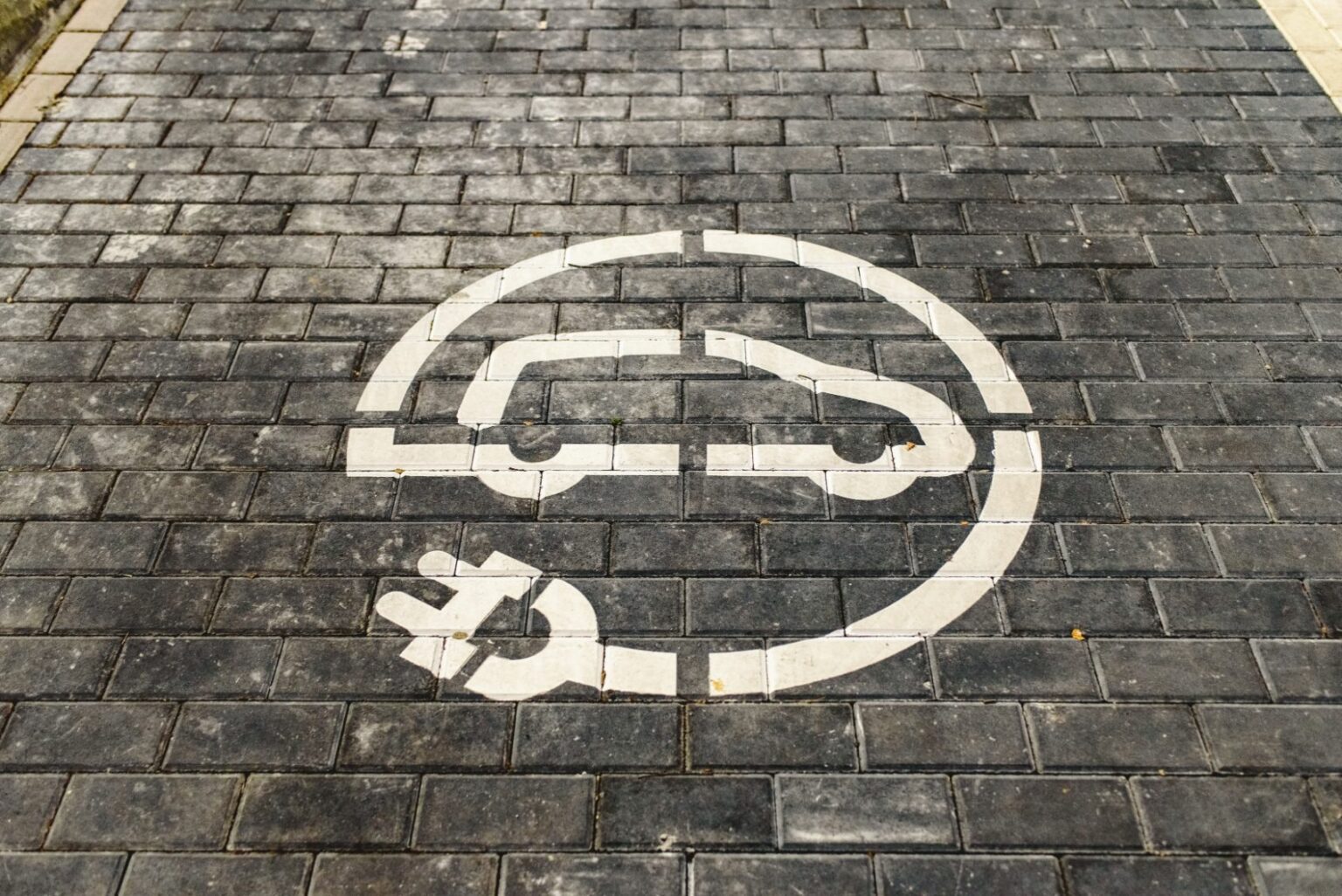ESSPI and Li-Safety News:

EMERGING STANDARDS & PROVISIONS ADDRESS EV BATTERIES & THERMAL RUNAWAY EVENTS
The article discusses the risks associated with thermal runaway events in large-format lithium-ion batteries used in electric vehicles (EVs), citing an incident in Arizona as an example. It also mentions emerging standards and practices for safe transportation, storage, and handling of these batteries. The causes of thermal runaway, its impact on safety, and the measures to mitigate such events, like the restriction on the state of charge during air transport, are explored. The article highlights the significance of addressing thermal runaway risks given the increasing use of EVs and the associated battery technologies.
Read more
SAE International Issues Best Practice for Lithium-Ion Battery Storage
Addresses the safe storage of lithium-ion batteries, particularly for automotive and large format applications. This comes amidst rising battery usage and storage-related hazards. The standard, developed with input from battery and emergency response experts, outlines risk mitigation strategies, fire suppression, and detection technologies, advocating for a robust storage plan which entails correctly identifying battery types, storage locations, and adhering to containment, emissions management, and run-off controls guidelines.
Read more
Rapid Advance- An update from the evolving world of energy storage systems, including the development of NFPA 855, Installation of Stationary Energy Storage Systems
This article discusses the evolution and expansion of Energy Storage Systems (ESS), emphasizing the development of NFPA 855 for their installation. It highlights an ESS project by AES Energy Storage in San Diego, reflecting on the benefits and challenges posed by ESS, particularly regarding safety regulations. The article underscores the need for NFPA 855 to address installation, operation, and emergency response concerning ESS, amid a projected surge in ESS deployments globally and in the US, recognizing the different protection scenarios required based on the ESS installation site
Read moreESSPI and Li-Safety News:

EMERGING STANDARDS & PROVISIONS ADDRESS EV BATTERIES & THERMAL RUNAWAY EVENTS
The article discusses the risks associated with thermal runaway events in large-format lithium-ion batteries used in electric vehicles (EVs), citing an incident in Arizona as an example. It also mentions emerging standards and practices for safe transportation, storage, and handling of these batteries. The causes of thermal runaway, its impact on safety, and the measures to mitigate such events, like the restriction on the state of charge during air transport, are explored. The article highlights the significance of addressing thermal runaway risks given the increasing use of EVs and the associated battery technologies.
Read more
SAE International Issues Best Practice for Lithium-Ion Battery Storage
Addresses the safe storage of lithium-ion batteries, particularly for automotive and large format applications. This comes amidst rising battery usage and storage-related hazards. The standard, developed with input from battery and emergency response experts, outlines risk mitigation strategies, fire suppression, and detection technologies, advocating for a robust storage plan which entails correctly identifying battery types, storage locations, and adhering to containment, emissions management, and run-off controls guidelines.
Read more
Rapid Advance- An update from the evolving world of energy storage systems, including the development of NFPA 855, Installation of Stationary Energy Storage Systems
This article discusses the evolution and expansion of Energy Storage Systems (ESS), emphasizing the development of NFPA 855 for their installation. It highlights an ESS project by AES Energy Storage in San Diego, reflecting on the benefits and challenges posed by ESS, particularly regarding safety regulations. The article underscores the need for NFPA 855 to address installation, operation, and emergency response concerning ESS, amid a projected surge in ESS deployments globally and in the US, recognizing the different protection scenarios required based on the ESS installation site
Read more